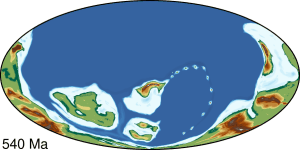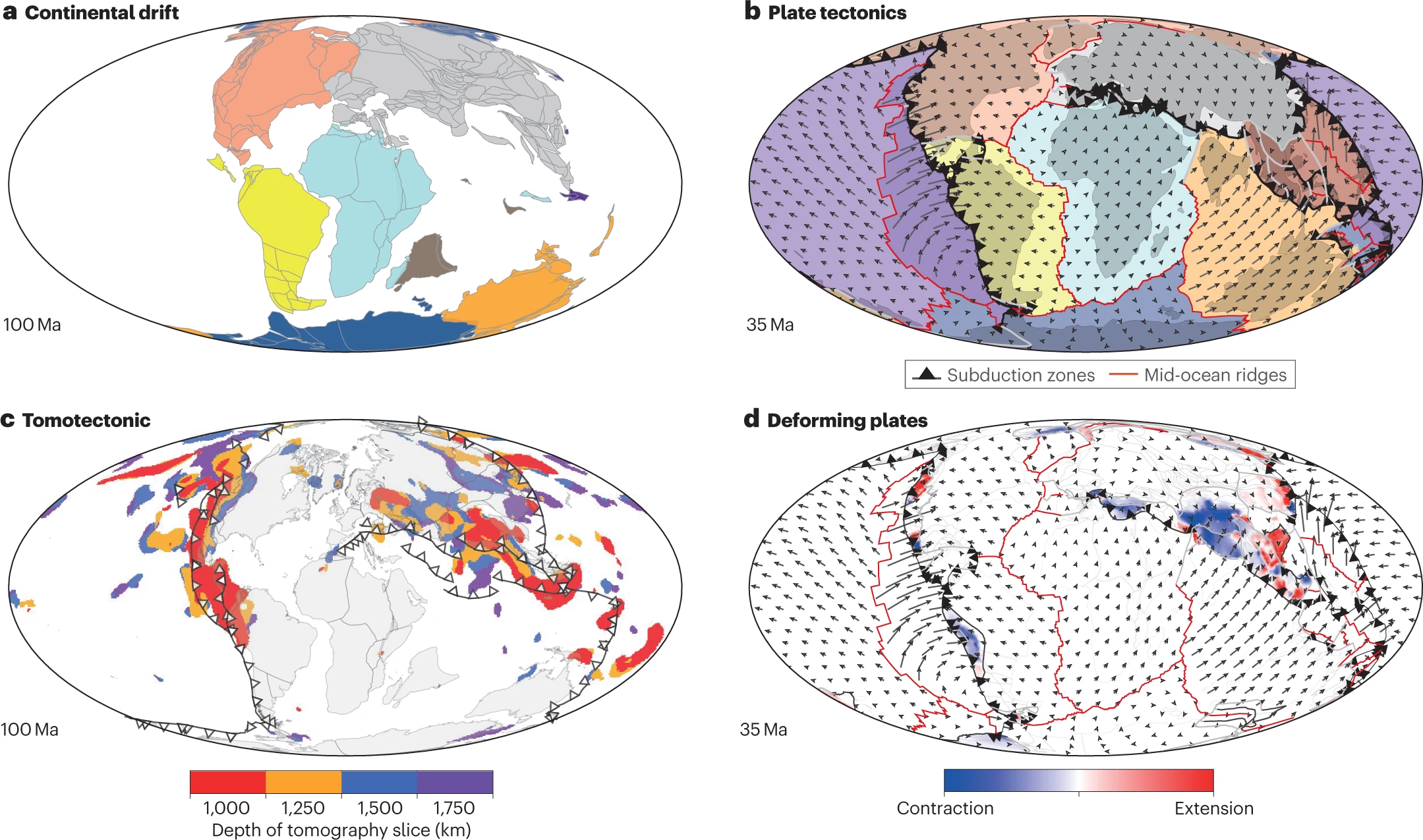
The evolving mosaic of tectonic plates across the surface of the Earth sets boundary conditions for the evolution of biotic and abiotic processes and helps shape the dynamics of its interior. Reconstructing plate tectonics back through time allows scientists from a range of disciplines (such as palaeobiology, palaeoclimate, geodynamics and seismology) to investigate Earth evolution through these spatiotemporal dimensions. However, the variety and complexity of plate reconstructions can lead to some of their limitations being overlooked. In this Technical Review, we discuss the domain-specific knowledge underpinning modern quantitative plate reconstructions and convey a set of principles on how to use (but not abuse) the software or results. Open-source plate tectonic reconstruction software, like GPlates, has led to a major shift in working practices, handing non-specialists the tools to develop and integrate reconstructions based on their own datasets and expertise. However, there is no ‘one-size-fits-all’ and users need to understand what data and underlying assumptions go into making different, sometimes competing reconstruction models. It is therefore essential to consider the many ways reconstructions simplify reality when interpreting them to avoid circular reasoning. Although many aspects of deep-time reconstructions remain unresolved, future work on intercomparisons between models and uncertainty quantification is an essential pathway towards next-generation plate reconstructions.
Seton, M., Williams, S.E., Domeier, M. Collins, A. & Sigloch, K. Deconstructing plate tectonic reconstructions. Nat Rev Earth Environ (2023). https://doi.org/10.1038/s43017-022-00384-8
![]()

